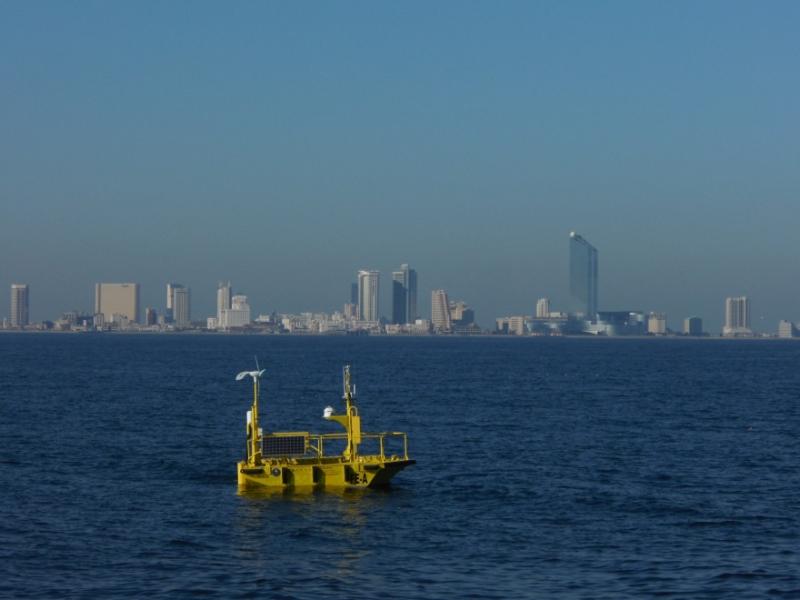
Wind Resource
Characterization
Wind Resource
Characterization
Characterizing wind
for forecasting accuracy
Characterizing wind
for forecasting accuracy
PNNL has modeling, instrumentation, and data management expertise to improve accuracy of wind forecasts.
Shannon Colson, PNNL
Capability Overview
Through observational data collection, simulation, and testing based on improved and more accurate wind data, Pacific Northwest National Laboratory (PNNL) is bringing model parameters to greater certainty. With more confidence in the model forecasts, the power industry can better integrate wind power into the electric grid as a more affordable and clean energy source.
Challenges and Solutions
Before energy operators build wind plants, they need confidence that they can supply a sufficient stream of clean, low-cost wind energy to business and homeowners. For that confidence, they need a better idea of when, how strong, and with what variability the wind will blow. Once a wind plant begins operation, operators also need accurate forecasts for managing their production relative to wind energy markets.
PNNL is addressing these challenges through collaborative research that advances the industry’s understanding of the wind plant operating environment. For example, PNNL research gathers and publishes observational and model data to address questions about ocean-wave-atmosphere interactions, wind turbine wakes and aerodynamics, cloud and precipitation impacts, climate change considerations, and more. Such knowledge helps reduce the uncertainty and risk for wind energy stakeholders, which both facilitates wind energy development and lowers associated costs.
Project Spotlight

Lidar Buoy Program
PNNL manages lidar buoys for offshore wind resource characterization on behalf of the Department of Energy Wind Energy Technologies Office (WETO). Using atmospheric and oceanographic measurement capabilities, the lidar buoys capture data—such as wind speed and direction at multiple heights—using wind profiling lidar, air and sea surface temperatures, ocean current speeds and directions, and wave heights and directions.
The centerpiece of each buoy is a wind profiling lidar that provides wind measurements up to 250 meters above the sea surface, where the winds are most relevant to offshore turbines. Buoy data is used to validate wind models, improve the understanding of air-sea interactions, and reduce uncertainty and risk in characterizing offshore wind resources.
PNNL also administers a program that loans the buoys to qualified parties collecting wind resource characterization and oceanographic data for U.S. offshore wind development. The program facilitates collaboration between these organizations and WETO, and also provides valuable and focused data to the wind energy community in high-priority locations.
Learn more about PNNL’s Lidar Buoy Program.

